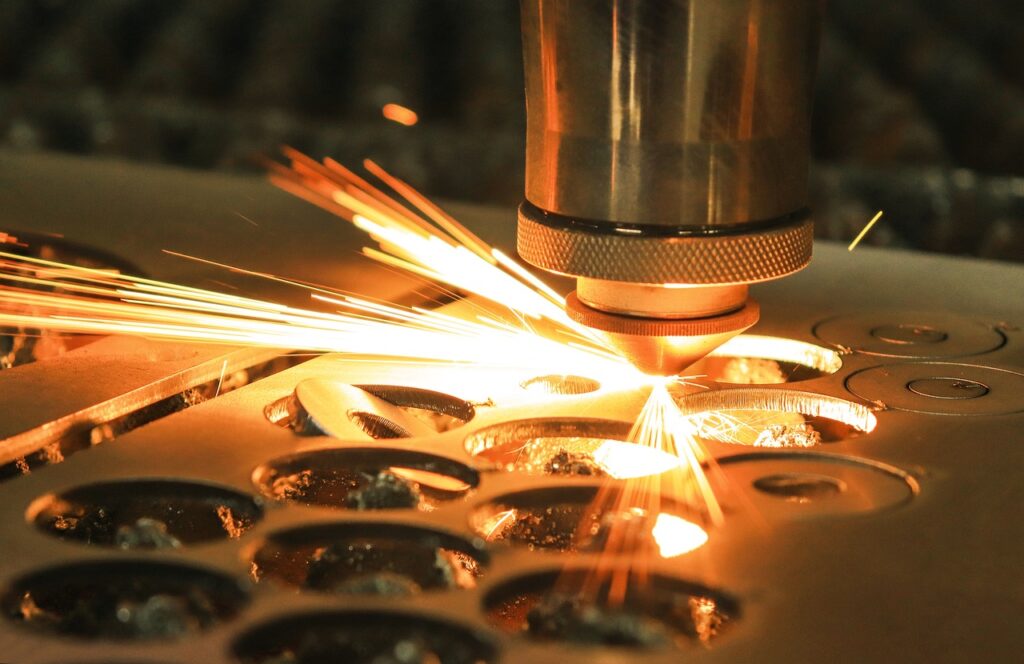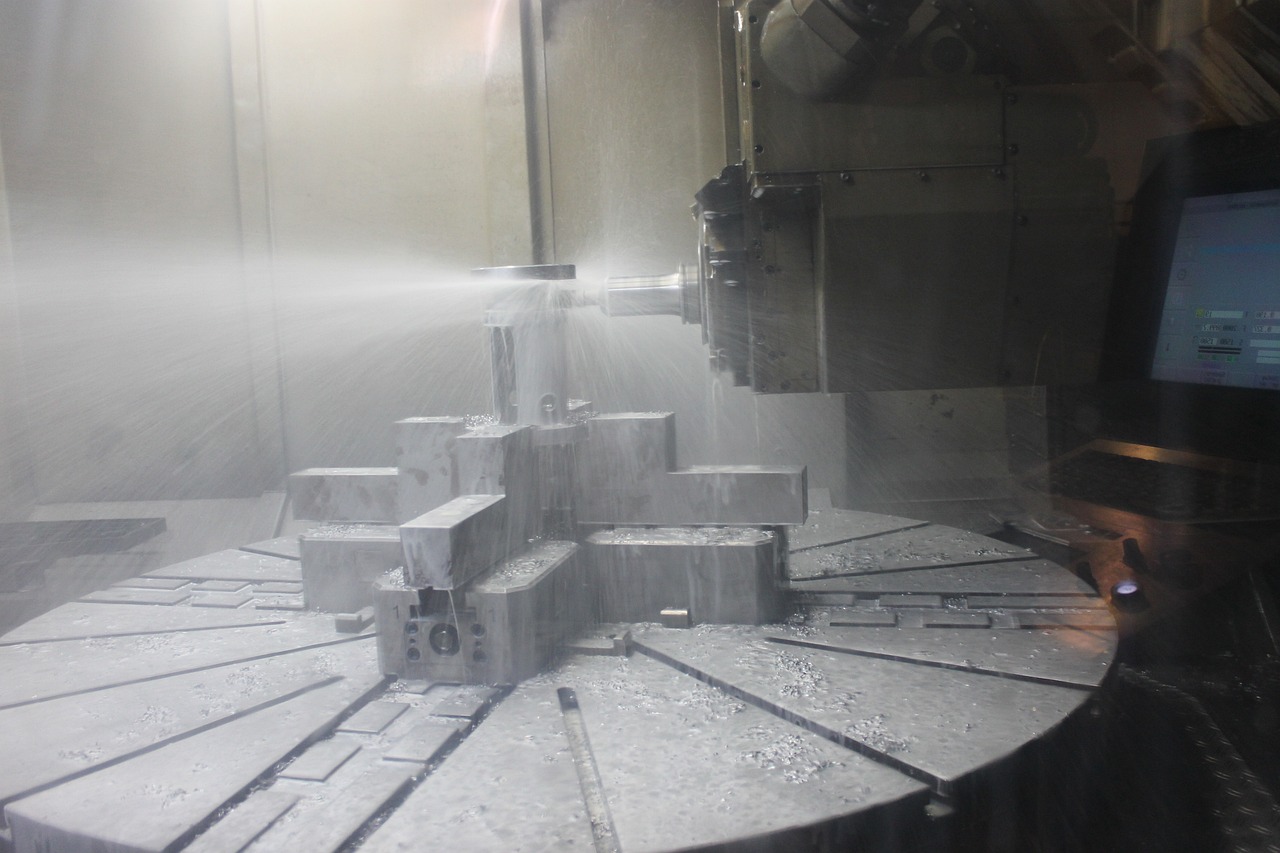Modern engineer-driven manufacturers have to be able to move quickly. Data must be accessible and accurate to any number of people and departments. Today, CAD/ERP integration is the must-have tool that brings everything and everyone together. With the right ERP in place, your organization gains more capacity to serve existing and future customers.
Keeping track of designs, BOMs, project statuses, and change requests is complicated. For custom manufacturers, creating unique designs for unique customers doesn’t work with cookie-cutter solutions.
Tracking information between emails, spreadsheets, and handwritten notes only works up to a certain point. It also doesn’t allow for anything to become your one source of truth for up-to-date information. You also lose the history of your decision-making.
Today, it is CAD/ERP integration that ties together designs, departments, and project outcomes. In modern manufacturing, an ERP is a must-have. It’s the best tool for manufacturers looking to streamline processes and find efficiencies.
How CAD and ERPs Work Together
In an Engineer-To-Order (ETO) company, your CAD application is the heart of your tech stack. Without it, designing and managing changes becomes complex and slow. In order to keep up with the pace of competitors and even surpass them, CAD is a must-have. Its capabilities for speed and accuracy deliver the best possible process and product for clients.
Today’s market demands the ability to manage inventory, purchasing, manufacturing and assembly, and inventory while being quick and accurate. That’s also all dependent on the design you’ve produced in your CAD application.
But one thing that CAD doesn’t do is coordinate the sending of data and information to everyone on the project who needs it.

That’s where Enterprise Resource Planning (ERP) software comes in. This application integrates with your systems and ties all the different departments and tasks together for an easy exchange of data.
For example, when you change your design, it’s going to affect your BOM. An ERP can communicate those changes with every department involved with that assembly automatically. That way, you get to focus on data creation, and the machines take care of storage and sharing.
Let’s take a look at how a CAD/ERP integration can benefit your engineer-led organization.
Four Benefits of CAD/ERP Integration
The right CAD/ERP integration can have a profound and positive impact on your efficiency. By automating tasks and improving communication you will see benefits in four areas.
1. Streamline your process from design to production
Integrating an ERP application into your systems creates immediate gains in efficiency. Data is first created by the engineering department in their designs. That is then used to manage inventory and inform procurement.
You’ll be able to see potential pinch points in the manufacturing process. It will also highlight missing materials and components to let you plan solutions.
There will be reductions in the time it takes to create all the “paperwork” that goes into a project. With an ERP/CAD integration, you will be able to speed up lead times and gain the capacity to take on more jobs.
2. Improved data accuracy and collaboration
From pen and paper to spreadsheets, each department in a company tends to have its own way of collecting, organizing, and using data. It’s common to find departments transferring and formatting data into separate systems.
But each time a person manually inputs data, there is an opportunity for human error. With an ERP, data is entered into the system once and is then shared comprehensively. An update in one area is instantly reflected to everyone on the project across the team. It gets to the appropriate people and departments in a consistent format.
This also improves the ability of your various departments to communicate and collaborate. Important messages and updates are available for everyone. Gone are the days when mistakes were made because the information was misplaced by a missed “CC” or “reply all”.
You’ll know that the information you are using is up-to-date and the same for everyone else. Consistency is a good thing.
3. Cost reduction and improved resource allocation
A custom manufacturing company runs on its data. Data shows you what to troubleshoot, and what is running smoothly. A CAD/ERP integration takes all that data and presents it as a single source of truth.
All departments and decision-makers have access to accurate and timely information. This results in better decisions within the project. You’ll be able to see where you are spending resources–time and money–within the project. You can then make informed decisions that best utilize your labor and manufacturing capabilities. The entire organization will benefit from reduced costs and enhanced productivity.
Relevant information is easily visible, allowing you to plan and adjust your resources. You will be able to forecast the need for parts, assemblies, and labor at different stages of the process. And if you hit a snag in one project, it will show you where you can work ahead on a different one.
4. Scalability and future-proofing
An ERP is designed with growth and customization in mind. Once an ERP is in place, it’s easy to add users and delve into more functions.
Your ERP ties everything together. It connects your processes and procedures, new people, applications, and machinery easily. It also connects locations, even if they are in different cities, states, or countries.
Configuringing your ERP is very easy and most integrations will involve some level of configuration. Rarely are the needs of two companies identical. This means that any solution has to be adaptable to multiple systems that already exist. And when you need to change one of those systems, your ERP can be modified to work with the new software.
How It Works in the Real World
Unfortunately, not every ERP suits every company. As a custom manufacturer, you need an ERP that supports all departments. Some applications can’t integrate with both engineering processes and CAD software. But when you get the right applications integrated, the transformation comes quickly.
As an example, one of our clients, ARMI Contractors contacted COUNTERPART because they had previously purchased an ERP application that did not meet their needs. At one point, they even choose to remove it and go back to work without one.
This opened up other challenges as it became difficult to efficiently manage engineering workloads, manufacturing and assembly, and communications resulting in growing lead times and operational inefficiencies.
Once COUNTERPART ERP was integrated, the difference was immediate. All of their data silos disappeared and engineers no longer manually created complex build books for drawings and part counts.
Today, ARMI Contractors can go from design to manufacturing seamlessly. Lead times are down, and operational agility is up.
A CAD/ERP Integration Unlocks Potential
When you find the right application, it takes your whole business to a new level.
At COUNTERPART, we are engineers first. And to us, it becomes obvious that many ERPs aren’t designed with engineering in mind. That’s why we built our ERP to allow the engineer and their design to take the lead.
The COUNTERPART ERP integrates directly with your CAD software. For users of SOLIDWORKS and Inventor, it becomes a part of your CAD environment. It will update your information automatically as you make design changes. You will always have an accurate, real-time data set at your fingertips.
This is a major difference compared to ERP solutions that are not engineer-focused. Your Engineers will spend less time working around system limitations. When they spend more time on design, lead times shorten, and productivity increases.
If you’d like to see how COUNTERPART could work for you, we invite you to take a look at our engineering solutions.
